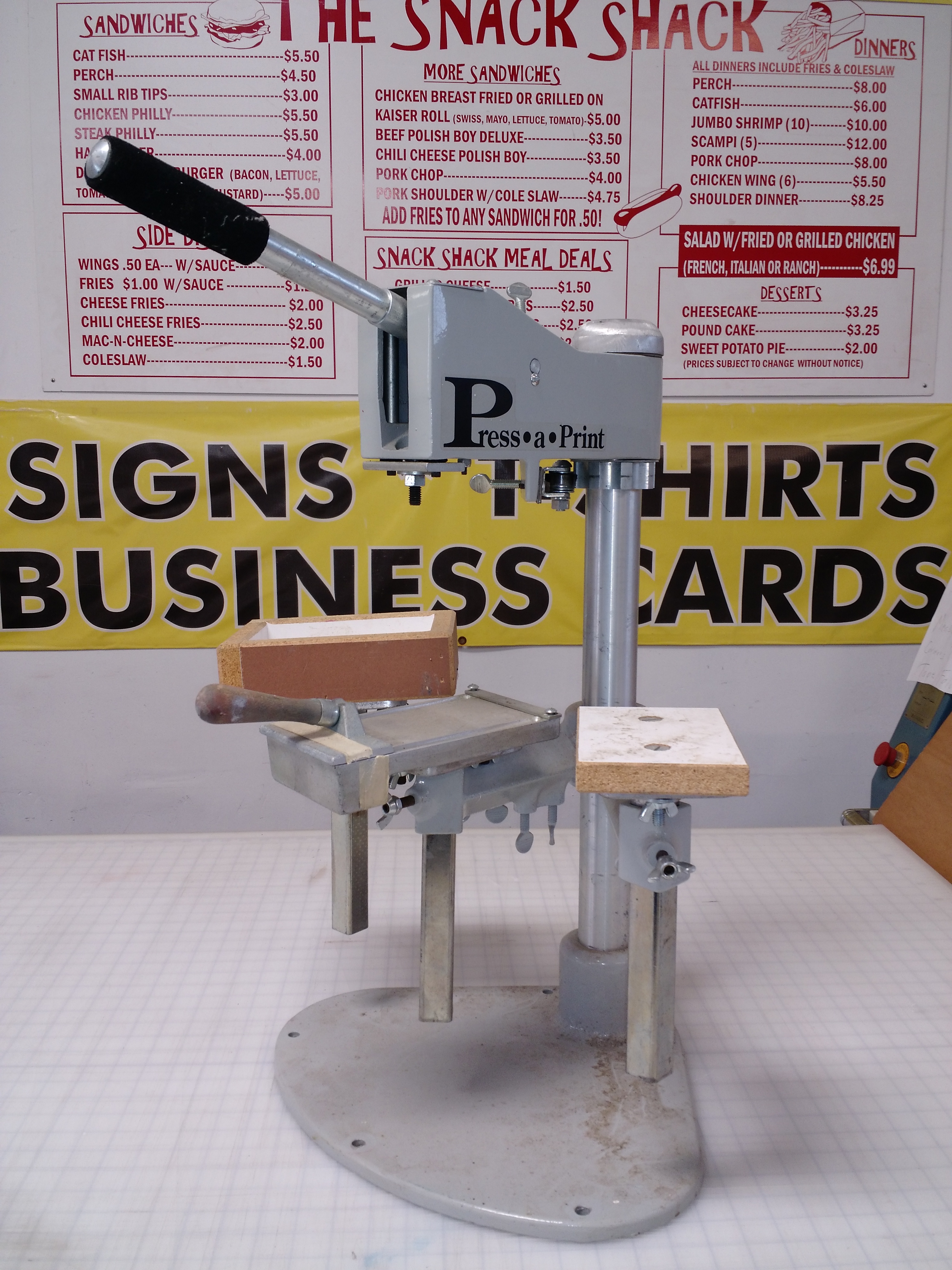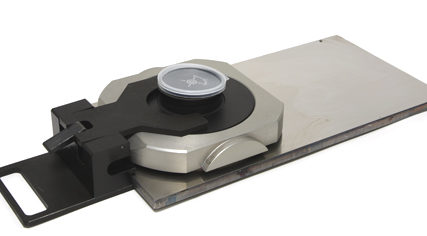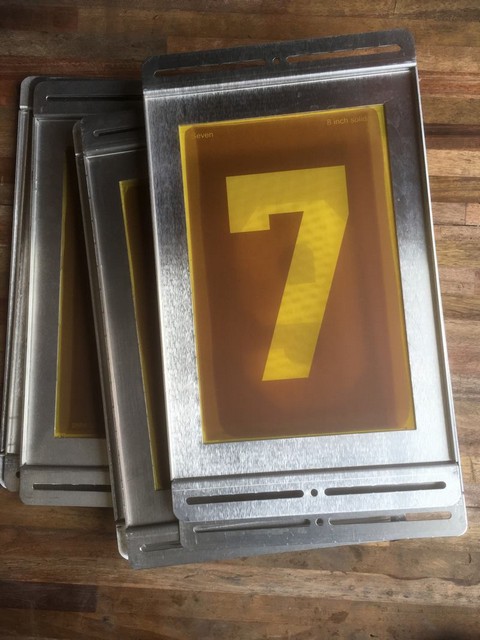

It is ideal for carrying out quick and effective printing on t-shirts and other promotional products however it’s not the best method for printing items with intricate detail. Today’s screen printing equipment is highly sophisticated and largely automated. It was the technique used by Andy Warhol in the sixties for his Marilyn Monroe and Elvis Presley prints and it is still used by many companies today. While today, screen printing is the most widely used method of t-shirt printing, the technique actually dates back to early China (between 9 AD). The stencil then forms an area through which ink or other substances can be transferred. The process of screen printing involves creating an ink-blocking stencil and applying it to a woven mesh. However in terms of reliability and versatility, you really can’t beat it! Screen printing You usually have to apply multiple colours separately, so there is a slight risk of registration. While pad printing is great for achieving accurate results, it is slightly limited in terms of speed.

Not only that but pad printing equipment doesn’t take up much room and the process is fairly simply to learn. Many companies actually choose to run their own pad printing operations in-house, as set-up costs are fairly low. If you need to print fine subjects, you will find that the resolution of pad printing is far better than that of screen printing. Pad printing is also suitable for delicate and mechanically sensitive products. It doesn’t matter if your items are curved or have an uneven surface, using this printing method will still achieve a quality print. One of the main advantages of using pad printing is that you can use it to print on three dimensional surfaces and products of all shapes and sizes.

Pad printing is a relatively modern process, especially when compared to screen printing, which dates back centuries and is often preferred as it makes it easier to print unusual shaped objects. The pad is then pressed onto the object and left to air dry. The pad printing machine holds both the pad and the product steady and then presses the pad into an ink plate, which has been tailored to the shape of your logo or artwork. You could think of it as like those stamps you probably used to make crafts when you were a kid – though obviously professional pad printing is much more sophisticated! The process involves transferring ink from a silicone pad onto the item you want printed. The name gives a big clue to how pad printing works. Below we’ve explained some of the key difference between pad printing and screen printing. While it’s best left up to the experts, it’s still beneficial to have an idea of what’s involved with each process. When creating promotional products for your brand, there’s a high chance that your printing company will either use pad printing or screen printing to do it.


 0 kommentar(er)
0 kommentar(er)
